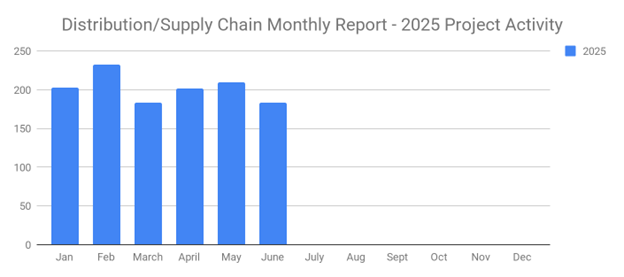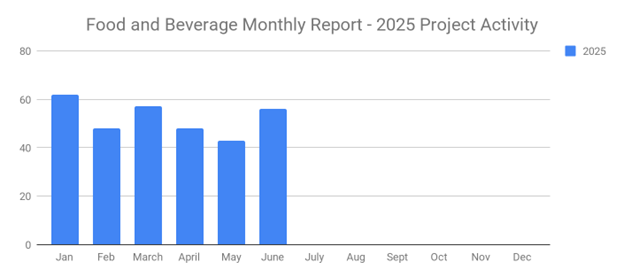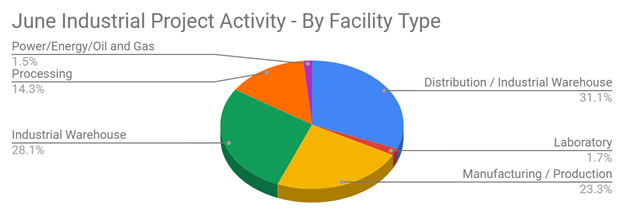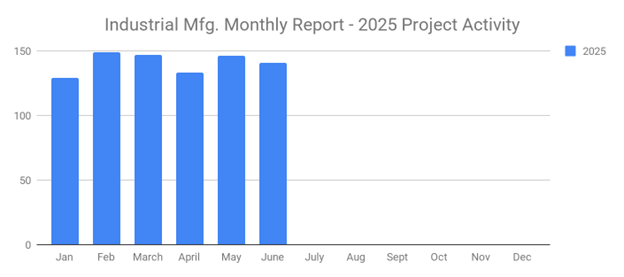
If you own or operate a B2B company, you might be wondering whether to use the Challenger sales model. Selling products and services to other business owners isn't easy. Unlike consumers, business owners typically don't make spontaneous or "impulse" purchases. Rather, they only purchase products and services that are valuable and beneficial to their own business. To overcome this challenge, some sales reps in the B2B industry use the Challenger sales model.
What Is the Challenger Sales Model?
The Challenger sales model is a buyer-centric approach to B2B sales that encourages sales reps to "challenge" buyers' current mentality. It was pioneered by Matthew Dixon and Brent Adamson. The duo released a book titled "The Challenger Sale" in which they described the approach. Since then, the Challenger sales model has become more and more popular.
Even if you're unfamiliar with it, you may have heard of the Challenger sales model. B2B companies of all shapes and sizes now use it. There are other sales approaches available, but the Challenger sales model is one of the most popular.
The Challenger sales model is based on research conducted by CEB (now a part of Gartner). It identifies distinct sales profiles and their performance impact. Here's everything you need to know about the Challenger sales model and how it works.
The 5 Profiles of B2B Sales Reps
According to Adamson and Dixon, most sales reps can be categorized into one of five profiles: The reactive problem solver, the lone wolf, the hard worker, the relationship builder or the challenger.
Reactive problem solvers are sales reps who respond quickly to buyers' questions and inquiries. They are adept at addressing concerns, but they may struggle to drive conversations.
Lone wolves are sales reps who are independent and able to generate sales with little or no assistance from others. Lone wolfs often use their intuition when selling products and services. While they are effective at driving conversions, though, lone wolves don't collaborate well in a team-based sales environment.
Hard workers are sales reps who are willing and eager to go the extra mile. They don't just do the bare minimum to generate sales; hard workers seek to provide buyers with the most positive, stress-free purchasing experience -- even if it requires more time and work. Hard workers, however, typically don't challenge buyers, which is one of the main drawbacks of this profile.
There are relationship builders as well. As the name suggests, relationship builders are sales reps who emphasize strong relationships with buyers. Strong relationships are the foundation of all successful B2B sales strategies. Hard workers acknowledge the importance of strong relationships. They seek to build and maintain strong relationships with buyers that promotes buyer loyalty.
Finally, there are challengers. The Challenger sales model receives its namesake from these sales reps. Challengers are sales reps who seek to challenge buyers' current mentality. They provide buyers with fresh insights, spark up conversations and provide value, all of which can prove useful in generating sales.
Why Challenger Sales Reps Outperform Other Profiles
Challengers are the basis of the Challenger sales model. In their book, Adamson and Dixon described the five aforementioned sales rep profiles. Of those five profiles, challengers came out on top. Sales reps who challenged buyers' current mentality experienced greater success than all other sales reps, including reactive problem solvers, lone wolves, hard workers and relationship builders. Why do challenger sales reps outperform other sales rep profiles exactly?
Challengers typically leverage personalization when communicating with buyers. They don't use the same cookie-cutter message for all buyers. Rather, challengers create custom messages for different buyers or groups of buyers. Personalization such as this can make a big difference in their conversion rates. Research shows that sales reps who use personalization experience 1.4 times the revenue growth than their counterparts who don't use personalization.
In addition to boosting conversion rates and fueling revenue growth, challengers provide buyers with a positive purchasing experience. Sales cycles for B2B products and services are typically longer than those for consumer-marketed products and services. These long sales cycles may deter buyers from making a purchase. Before reaching the end of the sales cycle, buyers may part ways with the B2B company and its sales reps. Challengers offer a solution. Challengers provide buyers with a positive purchasing experience. They use personalization, insights and other outside-the-box methods to engage buyers, which typically results in a positive purchasing experience.
Should You Use the Challenger Sales Model?
You really won't know whether the Challenger sales model is right for your B2B company unless you try it. Some of the benefits of using it include personalization, higher conversion rates and a more positive purchasing experience for buyers. But like all sales approaches, the Challenger sales model requires implementation.
To implement the Challenger sales model, you'll need to train your B2B company's sales reps. The Challenger sales model revolves around "challenger" sales reps. As previously mentioned, these are sales reps who challenge buyers' current mentality. Training should include tools and resources that teach sales reps how to become challengers.
You may want to use sales enablement when implementing the Challenger sales model. Sales enablement tools are designed to help or "enable' sales reps. There are customer relationship management (CRM) systems, for instance. Using a CRM system, sales reps can better manage their relationships with buyers during the sales process. Other sales enablement tools include autodialers, email marketing software and database cleaning software.
How do you plan on measuring the performance of your B2B company's sales reps? The Challenger sales model requires performance metrics. With performance tracking, you'll have a better understanding of sales reps' performance. You can track their performance by establishing key performance indicators (KPIs) that are aligned with the goals of the Challenger sales model. Consider tracking KPIs such as win rates, deal sizes, buyer satisfaction and revenue growth.
In Conclusion
The Challenger sales model may be over a decade ago, but that doesn't mean it's obsolete. On the contrary, it remains a time-tested and effective approach to generating sales in the B2B industry.
What to learn more? Get in Touch
Latest Posts
-

June's New Distribution and Supply Chain Planned Projects Return to March’s 183 Confirmed Figure
-

Food and Beverage Rebounds with 56 New Planned Projects Igniting Growth After Decline
-

June 2025’s New Industrial Construction Projects Grew 7% Month-Over-Month
-

Q2 Industrial Manufacturing Soars 31% for Planned Projects Over $100M; June Planned Industrial Projects Hit 141

